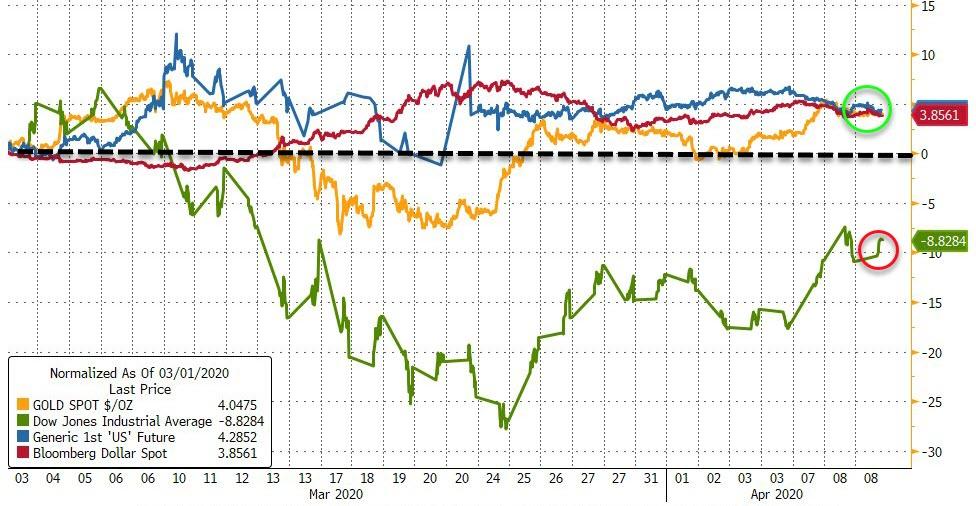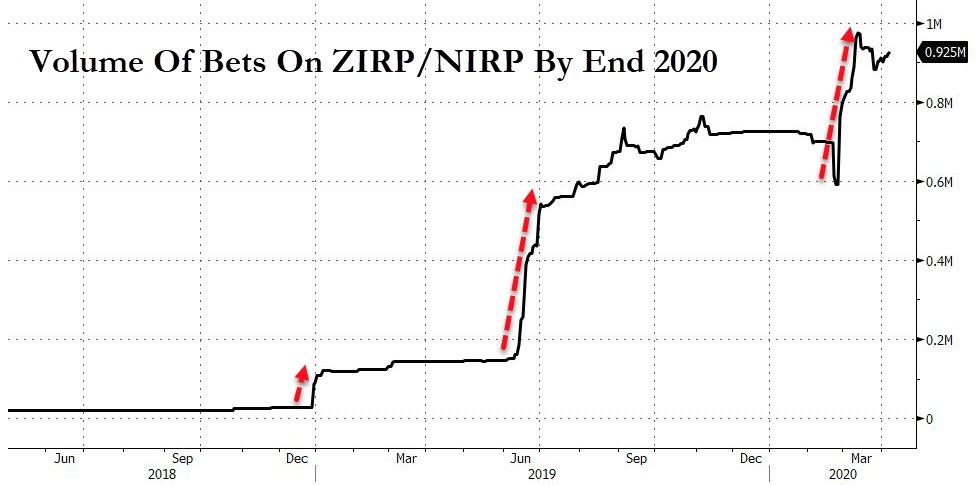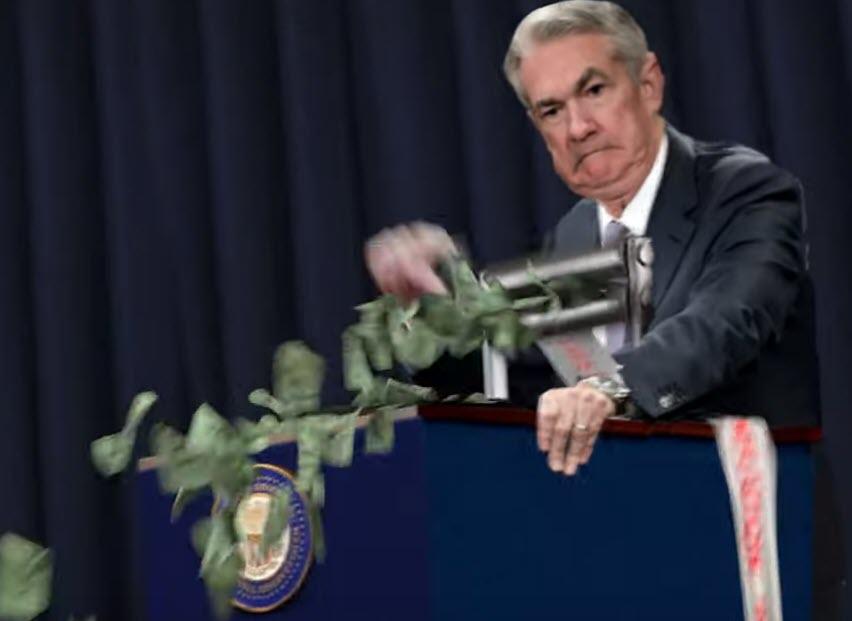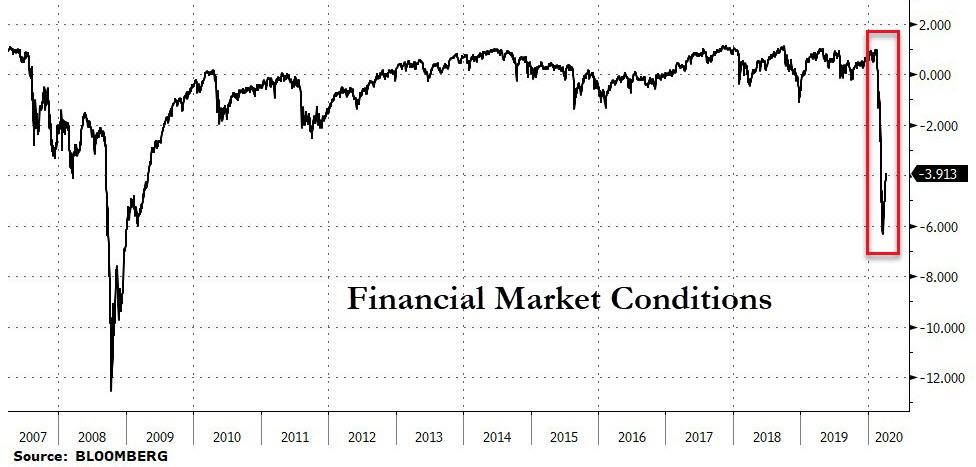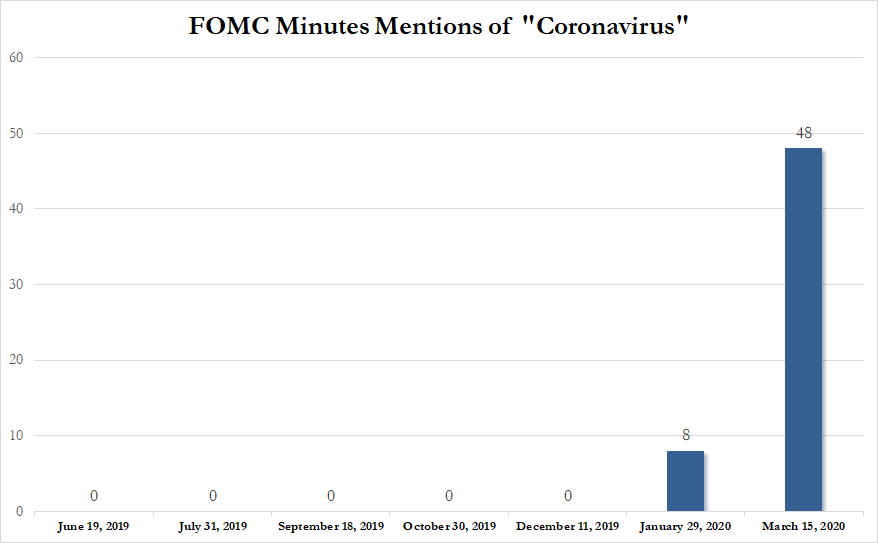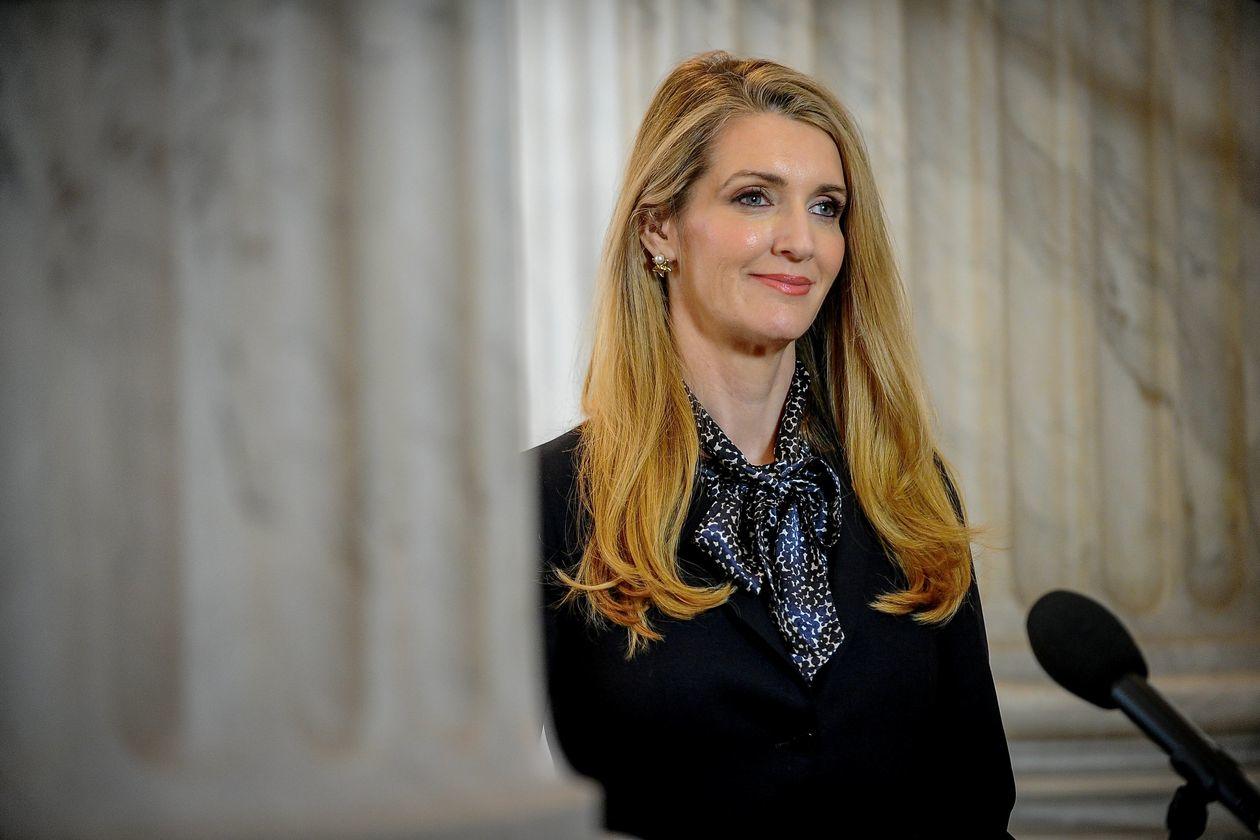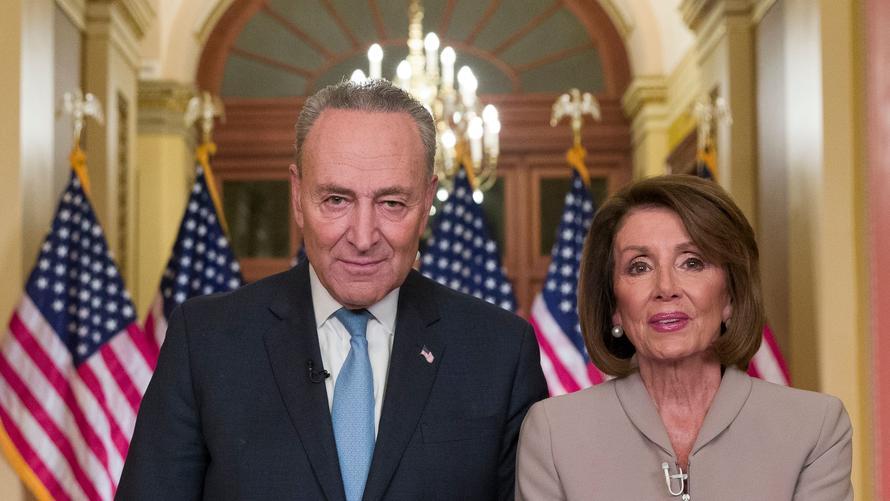How should governments in the U.S. handle COVID-19 patients, their families, and those with whom they’ve recently interacted? How about potential patients unable to get tested or awaiting test results?
In countries that have quickly and effectively slowed the spread of the new coronavirus, authorities have subjected residents to what many Americans would deem extreme and invasive “test and trace” measures. Some are opt-in, like Singapore’s TraceTogether app. In South Korea, officials rely on tracking methods citizens can’t opt out of, such as cell phone location data and electronic purchases. Meanwhile, China requires everyone to download an app that displays a color-coded contagion risk level.
These places tend to be pretty upfront about freedom and security trade-offs. In the U.S., however, authorities often pay lip service to liberty and avoid more moderate safety measures while simultaneously making brave new forays into violating people’s privacy and civil rights.
In Kentucky, people who’ve tested positive for COVID-19 and those merely suspected to be ill have been told not to leave their homes, even with precautions, for 14 days. Sound advice. But in practice, some people live alone and need food (and there are ways to get it, outside the home, without contacting another person). Some people may live in a remote area where walks won’t endanger anyone. And so on. Nonetheless, patients and those they live with who leave home for any reason face judge-mandated isolation orders and a GPS ankle monitor in some parts of the Bluegrass State.
In Jefferson County, home to Louisville, health administrators have requested court orders and ankle monitors for at least four people. The first monitor went to a 66-year-old man who left his home after being diagnosed but before receiving a court order to stay at home. After that, two people who lived together got the same treatment even though only one had been diagnosed with COVID-19, according to the Louisville Courier-Journal. One was ordered confined after taking a walk, the Courier-Journal reported, and the other because “based on a phone call, [they were] thought to be out of the house.”
It appears that in Louisville, COVID-19 patients and their family members are being closely tracked even before being given an explicit order to stay in.
A fourth Louisville resident—also not diagnosed with COVID-19 but merely living with someone who had been—got a court-ordered GPS tracking monitor last week.
In Abilene, Texas, city leaders came close to requiring an Abilene Christian University professor to wear an ankle monitor while he was awaiting a COVID-19 test result. City Manager Robert Hanna said at a press conference that this had in fact happened, then later said otherwise.
In some places, and likely more soon, health authorities are giving the addresses of all people diagnosed with COVID-19 to 911 dispatchers, to be shared with cops, firefighters, and emergency responders should any be called to a coronavirus patient’s address.
In Northern Kentucky, dispatchers have been instructed to give police “a heads up if they are headed out to talk with a person at an address where a confirmed COVID-19 patient lives,” the Cincinnati Enquirer noted on March 27.
In Oklahoma, Gov. Kevin Stitt signed an executive order last week saying his state can share COVID-19 patient addresses with medics and law enforcement, despite it normally being barred by medical privacy law.
Massachusetts has been doing this statewide since the second week of March; Alabama since March 23.
Police unions in Minnesota, Illinois, and New Jersey are now pushing for the same disclosures.
At first blush, the rationale—police need protection from a contagious disease—makes sense. But this could be said about so many diseases, which is why police and medics already take precautions. And with huge numbers of COVID-19 patients being asymptomatic or taking days or weeks to develop symptoms, police officers should currently be taking extra precautions around everyone, anyway.
Montgomery County, Ohio, Sheriff Rob Streck, whose department is not seeking addresses of COVID-19 patients, told reporters, “We’ve been dealing with people who have had infectious diseases for years that we haven’t known about because of confidentiality rules.”
Providing police with patient addresses risks extrajudicial surveillance and harassment and patient identities getting out in the wider community.
Yet many folks would like to see some patient info made even more widely available.
Massachusetts Gov. Charlie Baker has been taking heat from local media and health officials for not requiring the release of city- and town-specific demographic data on COVID-19 patients—something that could amount to doxxing patients in smaller areas. Other state leaders aren’t as cautious. Georgia, for instance, keeps an online list of the age, sex, and county of every COVID-19 patient who has died.
COVID-19 patients and those they live with aren’t the only ones facing privacy-invading police hoopla right now, of course. A lot of locales are instituting coronavirus curfews, even though these make little sense beyond security theater: The virus isn’t less likely to spread during daytime hours; all a curfew does is ensure everyone has less time and space in which to do socially-distanced exercise and essential errands. (Well, that and giving authorities another excuse to harass residents who do have to leave their homes at night.)
In New Orleans’ Acadia Parish, authorities recently announced that anyone outside between 9 p.m. and 6 a.m. will have to present a permission slip from their employer or else be given a citation. To alert citizens it’s time to get inside, police in the Louisiana city of Crowley played the siren from the movie “The Purge” that signals murder and mayhem are legal all night. (They have since apologized.)
So far, we’re not hearing too many stories of police overreach on curfews and stay-at-home orders. “It’s in everybody’s best interest to get voluntary compliance, and most of us are trying to approach it that way,” Art Acevedo, president of the Major Cities Chiefs Association, recently told USA Today.
Like Acevedo, police units across the country claim to be focusing right now on education, not enforcement. But right now should be cause for concern. The shelf life on this goodwill approach will likely fade as quarantines, business shutdowns, and other aspects of our new outbreak reality drag on.
Chuck Wexler, executive director of the Police Executive Research Forum, told USA Today that while “the best outcome is to get people to voluntarily comply… we’re just on the front end of this thing. I fear the public’s patience is going to be stretched as time goes on.”
And so will the patience of police who keep seeing colleagues fall ill and die from COVID-19.
To the extent that cops are likely to take this out on COVID-19 patients and curfew violators in their communities, their ire will be misplaced. If police can’t get the personal protective equipment they need, then their own departments and governments are to blame, not sick or similarly stressed community members also harmed by government missteps. It’s certainly not COVID-19 patients who are requiring cops to risk their health by handing out parking tickets and policing minor crimes.
If we want to avoid sick cops, community spread, and more police overreach and abuse, we should be thinking about how to create social distancing between police officers and their communities.
from Latest – Reason.com https://ift.tt/2JO8Q10
via IFTTT


